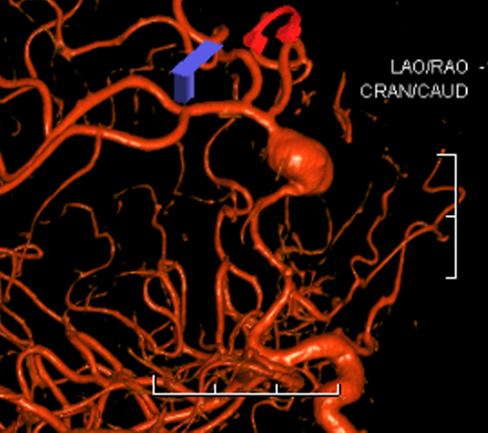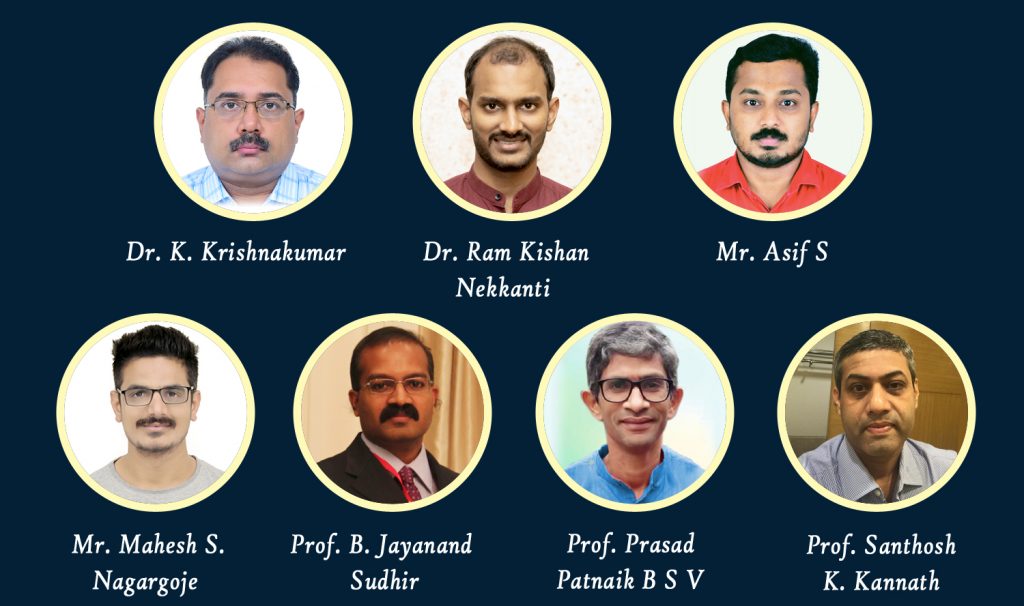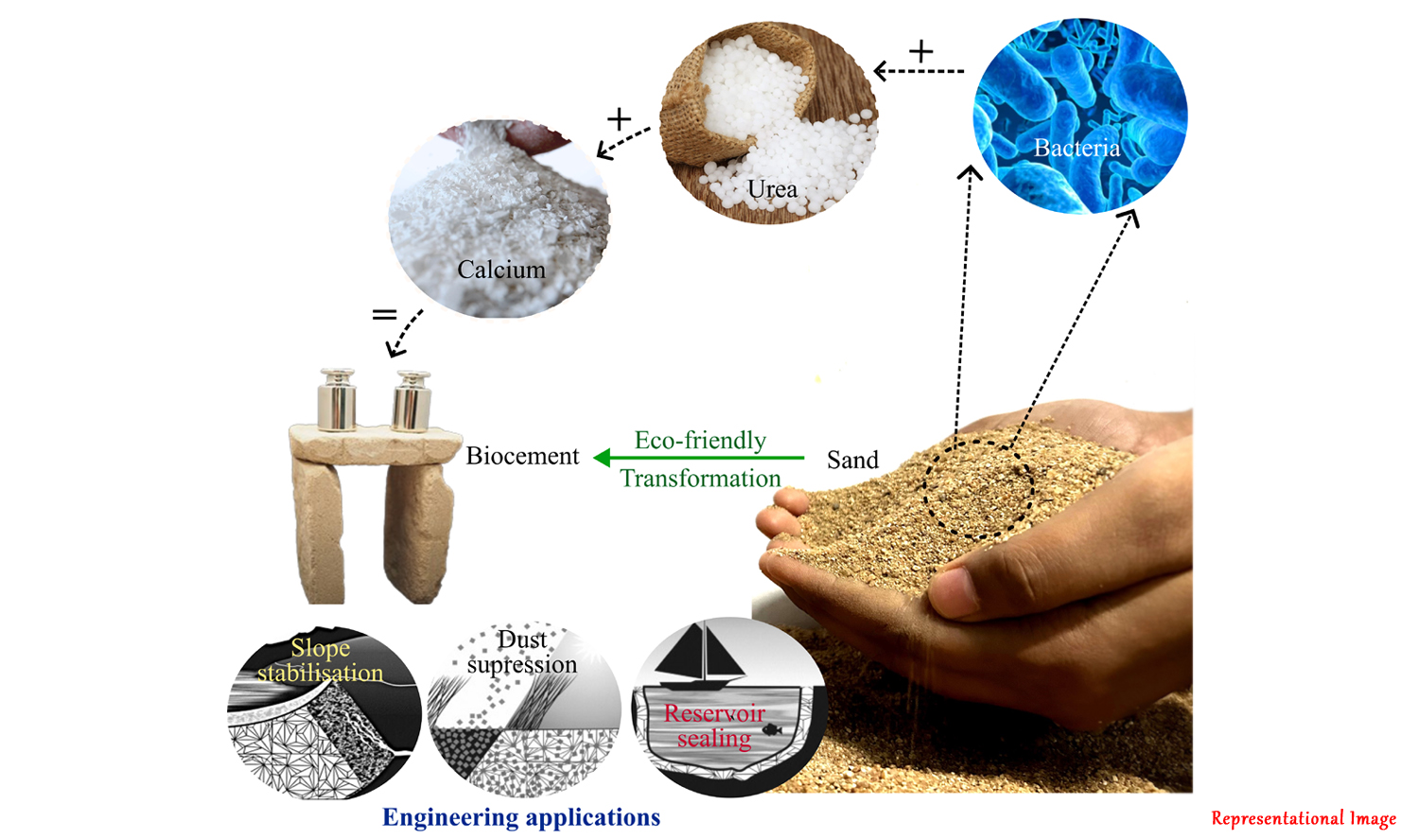
If a part of the brain tissue is deprived of oxygen, for about 8 minutes, it becomes ischemic. Ischemia refers to the deficient supply of blood to a body part due to obstruction of blood flow. Oxygen carried by the blood is central to our survival, as no flow, refers to no life. Alteration of blood supply to any part of the brain could result in a wide spectrum of cerebral circulation related abnormalities. For example, if blood leaks in the brain, it is known as hemorrhage. If a clot blocks the blood flow passage, it may result in ischemic stroke leading to paralysis. Similarly, expansion or bulge of an artery is known as an aneurysm, which is essentially an outpouching of an artery. Typical angiogram of aneurysm is shown in FIG 1. These bulges grow in size over a time-frame and may result in rupture, which could be life threatening. Therefore, it is important to estimate the rupture risk of these aneurysms in patients. Recent study by Nagargoje et al in the Physics of Fluids, investigates the influence of tortuosity of the carotid artery and its relation to the aneurysm initiation and growth. This collaborative work between Sri Chitra Tirunal Institute for Medical Sciences and Technology
(SCTIMST), Thiruvananthapurm, India, and Department of Applied Mechanics and Biomedical Engineering at IIT Madras, brings together the expertise from two-completely different ends of the spectrum, said Prof B. Jayanand Sudhir, the neurosurgeon from SCTIMST. These aneurysms may not show any symptoms until they rupture. Sometimes, they may be found in unexpected ways, he said. However, judging the rupture potential is of immense benefit to prioritize patient management and care.
Blood is primarily supplied to the brain by the internal carotid artery. Along with the vertebral arteries, which join to form the basilar artery, leading to the circle of Willis, which also facilitates collateral circulation to the brain. However, cerebral aneurysms in these blood vessels have preference to form at bifurcations and branch points.

FIG 1
Hemodynamics refers to the dynamics of blood flow. The effect of tortuosity (bend and twist aspect of anatomical structure) on hemodynamics and disease progression has been studied for various patient-specific models of internal carotid arteries (ICA). In their study, four patient-specific internal carotid artery (ICA) siphon shapes were chosen to study their influence on the hemodynamics. The siphon shapes chosen were C-, S-, U-, and helical siphon geometry bends have been assessed comparatively. It was found that local and total tortuosity and number of turns of the siphon significantly influence the flow patterns, pressure drop, helicity etc. The authors hypothesize that, fewer number of turns in the internal carotid artery, and acutely curved shapes such as C- and S- shapes, are more vulnerable to the formation of aneurysms. Whereas the U- and helical siphon shape, has higher tortuosity and a greater number of turns, and less likely to have further growth. The authors of this paper also conjecture that hemodynamic influences are less likely to give rise to the growth of an aneurysm, although a larger patient cohort can shed more light, said Prof Prasad Patnaik of IIT Madras. Even though only a limited number of siphon geometries were considered in this study, it should be seen as a first step in establishing a pattern between the carotid siphon shape and tortuosity to the aneurysm size, for a very small sub-set of patients. The present study emphasizes the importance of including parent vessel shape and curvature in computational simulations to adequately account for the hemodynamic influences.
Such collaborative studies between engineers and neurosurgeons is a necessary first step in developing CFD aided clinical decision making tools, said Prof Gautam Biswas of IIT Kanpur, who is a world renowned expert in Fluid Dynamics and Heat Transfer.
The authors hope that this study could reinforce further development of generalized models to identify the internal carotid artery aneurysms using a vessel’s tortuosity through computational fluid dynamics backed simulations.
Article by Akshay Anantharaman
Click here for the original link to the paper












